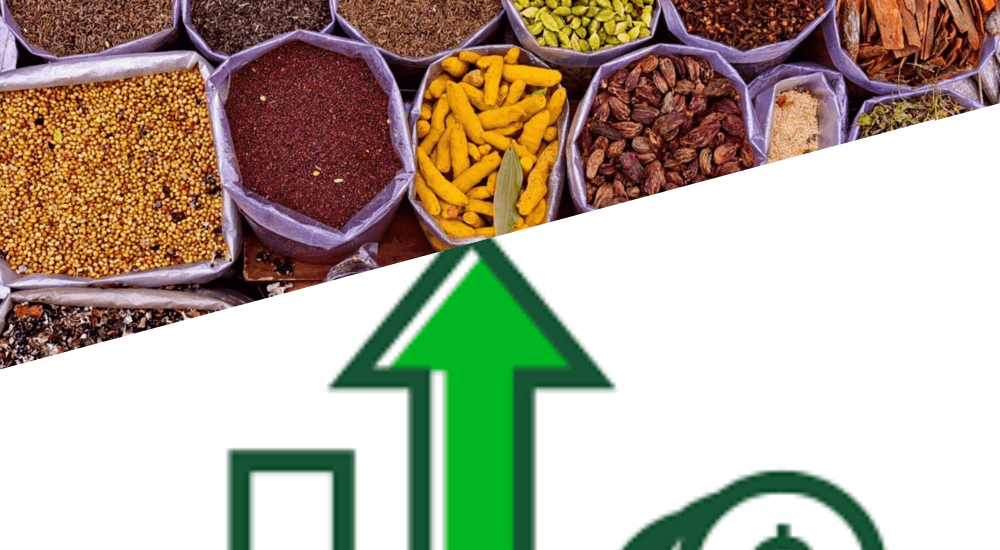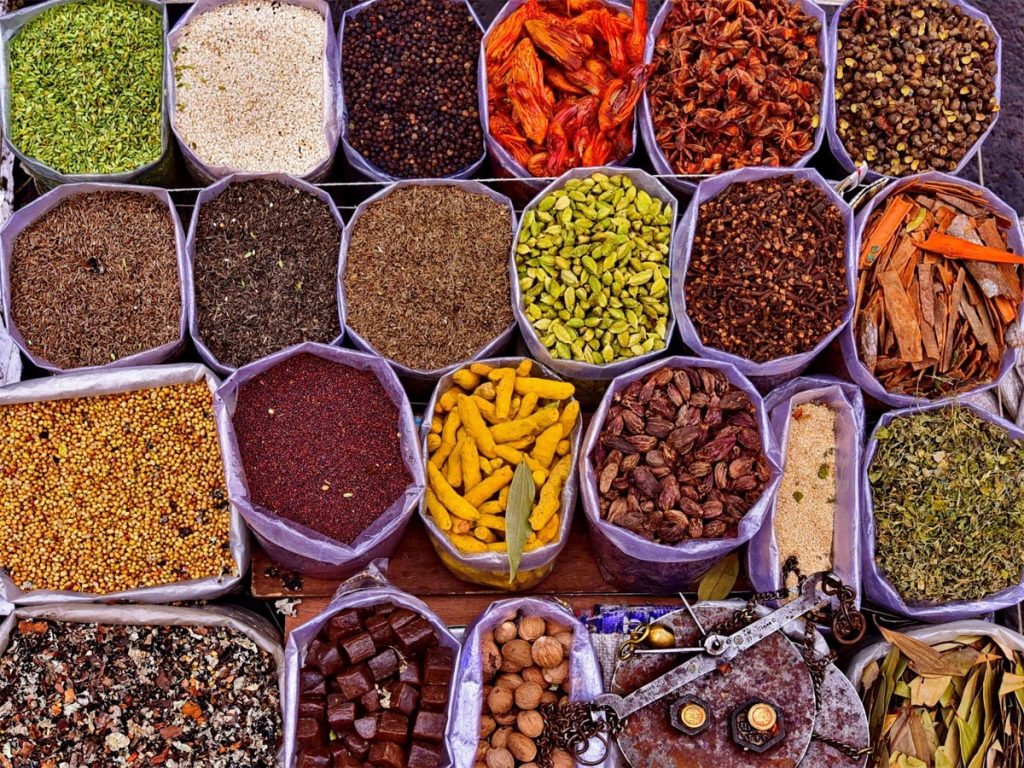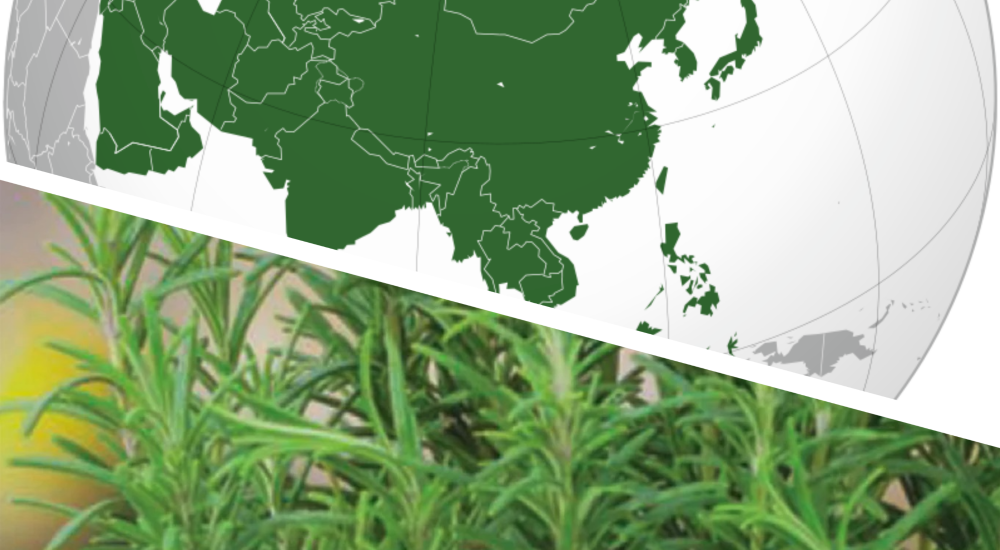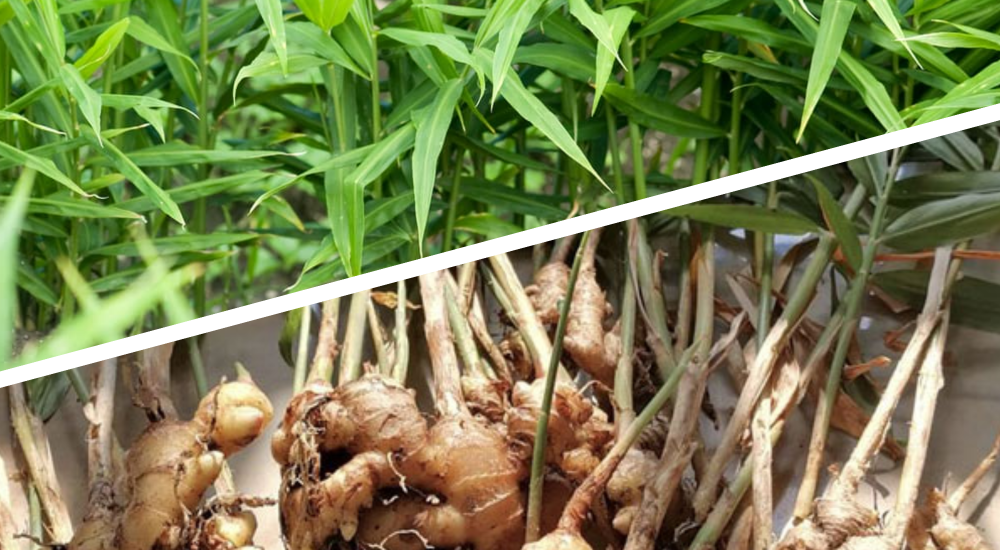When it comes to growing herbs, rosemary is often regarded as a versatile and fragrant…

Is There a Demand for Herbs? The Truth!
In recent years, there has been a significant surge in interest and demand for herbs. From culinary herbs that enhance the flavors of our dishes to medicinal herbs that offer natural remedies, people are rediscovering the power and versatility of these botanical wonders. In this blog post, we will delve into the rising demand for herbs, exploring the factors driving this trend and the various industries benefiting from the popularity of herbal products.
The Shift towards Natural and Holistic Approaches: One of the primary drivers behind the increasing demand for herbs is the growing preference for natural and holistic approaches to health and wellness. Consumers are seeking alternatives to synthetic and chemically derived products, turning to the rich abundance of botanical remedies that have been used for centuries.
- Culinary Delights: Herbs have long been a staple in culinary traditions worldwide. Their aromatic flavors and vibrant colors add depth and complexity to dishes, elevating the culinary experience. As more people explore diverse cuisines and adopt healthier eating habits, the demand for fresh and dried culinary herbs has soared. Additionally, the farm-to-table movement and the desire for organic, locally sourced ingredients have contributed to the popularity of fresh herbs.
- Medicinal and Herbal Remedies: Herbal medicine has a rich history dating back thousands of years. With a focus on holistic healing and natural remedies, herbal products have gained traction as people seek alternatives to conventional medicine. From teas and tinctures to herbal supplements and topical treatments, the demand for herbal remedies has surged. Consumers are increasingly turning to herbs known for their potential health benefits, such as chamomile for relaxation, ginger for digestion, and echinacea for immune support.
- Beauty and Personal Care: The beauty and personal care industry is also experiencing a shift towards natural and plant-based products. Herbs are valued for their skin-nourishing properties, gentle yet effective cleansing abilities, and aromatic profiles. As consumers become more conscious of the ingredients they use on their bodies, the demand for herbal-infused skincare, haircare, and personal care products continues to rise.
- Aromatherapy and Essential Oils: The use of herbs in aromatherapy has gained significant popularity. Essential oils extracted from various herbs are used for their therapeutic properties, promoting relaxation, stress relief, and mood enhancement. As people prioritize self-care and well-being, the demand for essential oils and herbal fragrances has increased.

Market Size and Growth
The herbs and spices market has witnessed substantial growth over the past decade, and it continues to expand at a steady pace. According to market research, the global herbs and spices market was valued at USD 171 billion in 2023 and is projected to reach USD 243 billion by 2033, growing at a CAGR of 3.6% during the forecast period.
Factors Driving Demand:
- Diverse Culinary Experiences: As people explore new cuisines and seek unique flavor profiles, the demand for herbs and spices has grown significantly. Consumers are eager to experiment with global flavors, and herbs and spices provide the essential elements to elevate the taste and aroma of various dishes.
- Health and Wellness Awareness: Increasing consumer awareness about the potential health benefits of herbs and spices has fueled their demand. Many herbs and spices are rich in antioxidants, anti-inflammatory compounds, and other bioactive substances that offer various health advantages. Consumers are actively incorporating these natural ingredients into their diets to enhance overall well-being.
- Convenience and Ready-to-Use Products: The rising demand for convenience foods has driven the market for ready-to-use herbs and spice blends. Busy lifestyles and the need for quick and easy meal preparation have led to the popularity of pre-packaged spice mixes, spice pastes, and dried herb blends that offer flavor and convenience in one package.
- Growing Preference for Organic and Natural Products: With a shift towards healthier and sustainable choices, consumers are increasingly seeking organic and natural herbs and spices. The demand for products free from artificial additives, pesticides, and genetically modified organisms (GMOs) has surged, prompting the availability of organic and sustainably sourced options in the market.

Key Trends in the Herbs and Spices Market:
- Rising Demand for Exotic and International Flavors: The growing interest in global cuisines has led to an increased demand for exotic herbs and spices. Ingredients like turmeric, cardamom, cumin, and saffron have gained popularity for their unique flavors and culinary applications.
- Increased Focus on Quality and Traceability: Consumers are placing greater importance on the quality, authenticity, and sourcing of herbs and spices. They are looking for transparent supply chains, certifications, and assurance of product origin to ensure purity and safety.
- Innovation in Packaging and Product Formats: Packaging plays a crucial role in preserving the flavor and freshness of herbs and spices. Manufacturers are exploring innovative packaging solutions, such as resealable pouches, airtight containers, and sustainable materials, to extend shelf life and enhance the overall consumer experience.
- Growing Online Retail Channels: The rise of e-commerce has provided consumers with easy access to a wide range of herbs and spices. Online platforms and specialty websites offer a vast selection, product information, and the convenience of doorstep delivery, contributing to the market growth.
Meeting the Demand
To meet the rising demand for herbs, various industries have adapted and expanded their offerings. Traditional farmers, small-scale herb growers, and organic herb gardens are cultivating a wide range of herbs to supply the market. Additionally, specialized herbal product companies, health food stores, online retailers, and farmers’ markets are making herbal products more accessible to consumers.
Conclusion
The demand for herbs continues to grow as people seek natural, holistic solutions for their culinary, medicinal, and personal care needs. The shift towards natural ingredients, increased interest in traditional and alternative medicine, and the desire for unique flavors and experiences in cooking have all contributed to the rising popularity of herbs. Whether you’re a home cook, a wellness enthusiast, or a beauty-conscious consumer, incorporating herbs into your lifestyle can bring a myriad of benefits. So, embrace the herbal renaissance, explore the world of botanical wonders, and experience the delights and advantages of incorporating herbs into your daily life.



This Post Has 0 Comments